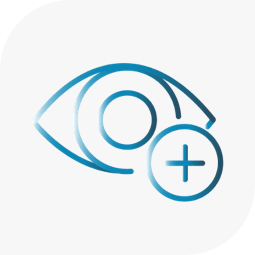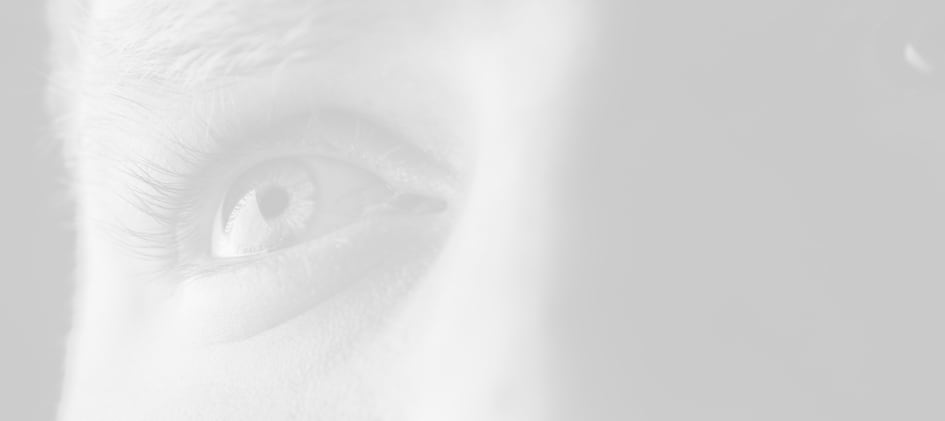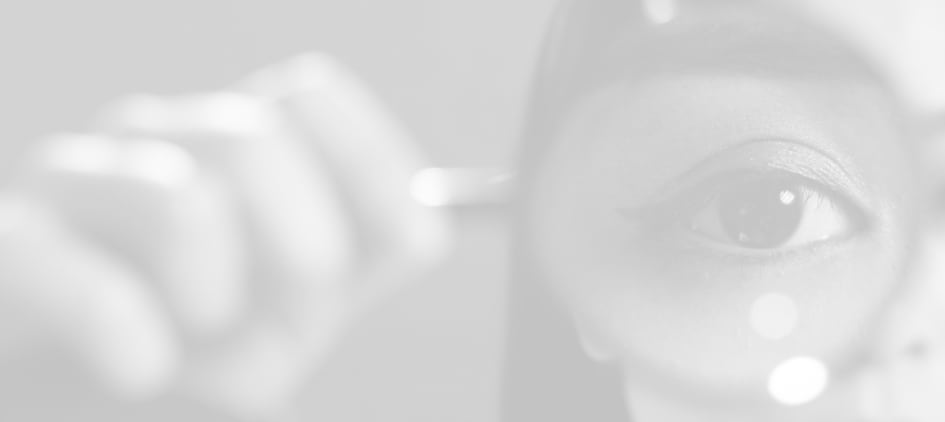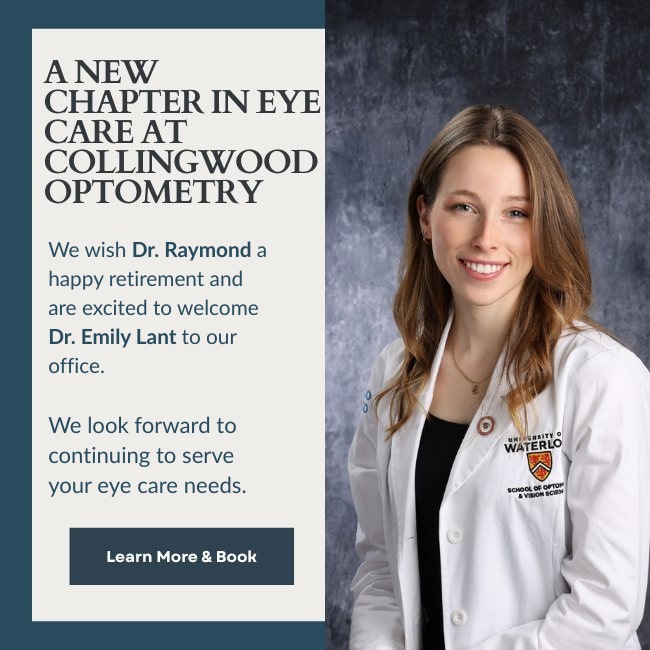When we think about vision problems, most of us picture blurry eyesight corrected with glasses or contact lenses. But what if the problem isn’t just what you see, but how your eyes and brain work together? That’s where vision therapy comes in.
At Cwood Eyecare, vision therapy is a non-invasive, highly personalized program that helps improve eye coordination, focus, tracking, and other visual skills. It’s especially beneficial for conditions that affect how both eyes work as a team—something glasses alone can’t fix.
If you or your child struggles with reading, experiences frequent headaches, or has been diagnosed with certain visual conditions, vision therapy could be the solution. Here are five common eye conditions that can be effectively managed through vision therapy.
1. Amblyopia (Lazy Eye)
Amblyopia is a condition where one eye doesn’t develop normal vision—typically because the brain starts to favor the other eye. It’s often referred to as “lazy eye” and usually begins in early childhood. Left untreated, amblyopia can lead to long-term vision issues and poor depth perception.
How Vision Therapy Helps
Vision therapy works by encouraging the brain to use both eyes together, rather than allowing the weaker eye to be ignored. Activities are designed to stimulate the amblyopic eye and train the brain to process its input more effectively.
Unlike patching alone, vision therapy focuses on binocular vision, helping both eyes to function as a team. This can improve clarity, coordination, and even boost reading performance in school-aged children.
2. Strabismus (Eye Turn or Misalignment)
Strabismus occurs when the eyes do not align properly—one may drift inward, outward, upward, or downward. This can result in double vision, poor depth perception, or the brain suppressing input from one eye altogether.
Strabismus can be constant or intermittent, and in some cases, it can affect appearance, causing children to feel self-conscious or adults to experience eye strain and fatigue.
How Vision Therapy Helps
Vision therapy is a non-surgical option for treating strabismus. Through tailored exercises, people can learn how to control eye alignment and strengthen communication between the eyes and the brain.
In some cases, vision therapy is used before or after surgery to improve outcomes, but many people benefit from therapy alone—especially when the goal is to build long-lasting binocular vision, not just cosmetic alignment.
3. Learning-Related Visual Problems
Many children labeled as poor readers or inattentive students are actually dealing with undiagnosed visual issues. Even if a child has 20/20 eyesight, they may still struggle with eye tracking, focusing, or teaming—all essential for reading, writing, and comprehension.

How Vision Therapy Helps
Vision therapy can dramatically improve a child’s ability to process visual information. Exercises target core skills such as:
- Tracking (following lines of text)
- Focusing (switching between near and far)
- Eye teaming (keeping both eyes aligned)
Children with learning-related visual problems often show signs like losing their place while reading, skipping words, frequent blinking, or avoiding homework. With the right treatment plan, vision therapy can help these students feel more confident and comfortable in the classroom.
4. Convergence Insufficiency
Convergence insufficiency is a common binocular vision disorder where the eyes have trouble turning inward (converging) to focus on close objects. It’s particularly noticeable during reading or screen time.
Symptoms include:
- Eye strain
- Headaches
- Blurry or double vision
- Difficulty concentrating on near work
How Vision Therapy Helps
Convergence insufficiency responds very well to vision therapy. In fact, it’s one of the most well-studied conditions in vision science, with strong evidence supporting therapy as an effective treatment.
Therapy exercises help retrain the eye muscles and brain to coordinate efficiently when focusing at close range. Most people notice a significant reduction in symptoms with regular, guided therapy.
5. Esophoria (Inward Eye Drift)
Esophoria is a type of binocular vision dysfunction where one or both eyes tend to drift inward, especially during near tasks. It’s less obvious than strabismus because the eyes may appear aligned outwardly, but people often experience strain, fatigue, or blurred vision during reading or computer use.
How Vision Therapy Helps
Vision therapy helps by improving fusional reserves—the brain’s ability to keep the eyes aligned even when there’s a tendency for them to drift. Exercises target both eye muscle control and neurological processing, reducing the effort required for tasks that demand sustained focus.
People with esophoria often see a noticeable improvement in comfort and visual stamina, especially during demanding school or work activities.
Why Vision Therapy?
Unlike a one-size-fits-all solution, vision therapy is customized to each person’s specific condition and visual goals. Following a thorough assessment, a personalized plan is created, and progress is tracked over time.
Benefits of Vision Therapy Include:
- Improved depth perception and eye alignment
- Greater visual comfort and reduced fatigue
- Enhanced focus and reading fluency
- Non-invasive alternative to surgery for some conditions
- Better academic and daily performance
Vision Therapy at Cwood Eyecare
At Cwood Eyecare, vision therapy is led by Dr. Jayne, who works closely with people to design therapy programs tailored to their needs. Whether you’re addressing childhood amblyopia, adult eye strain, or binocular dysfunctions, Dr. Jayne’s expertise takes on a thoughtful and focused approach.
Our practices at Collingwood Optometry and Cwood Eyecare offer full-scope eye care, from comprehensive exams to advanced treatments for visual conditions. Vision therapy is one of the many ways we help our patients achieve long-term comfort, clarity, and success in school, work, and beyond.
Book Your Functional Vision Assessment
If you or your child experiences symptoms like double vision, eye strain, or reading difficulties, a functional vision assessment can help uncover the root cause. Don’t settle for just seeing clearly—make sure your eyes are working together effectively. Visit our website to book your appointment and explore the benefits of vision therapy today.























